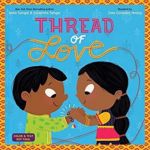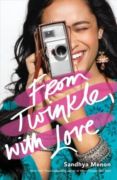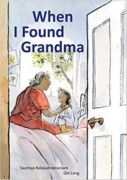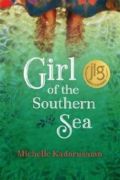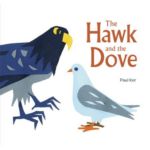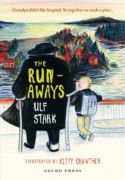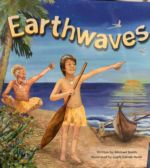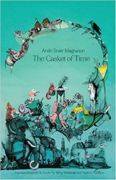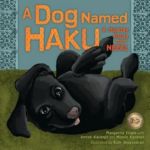
It’s the Festival of Lights in Nepal, and today is the day to honor dogs! Brothers Alu and Bhalu wander the streets of Kathmandu, passing by twirling kites and bamboo swings, looking for a dog to feed. But as night falls, their task begins to feel hopeless, until they spot a small black dog who is in need of a friend. This sweet story presents an important Hindu holiday through the eyes of two young boys, making it relatable for both those familiar with the holiday and those reading about it for the first time.

